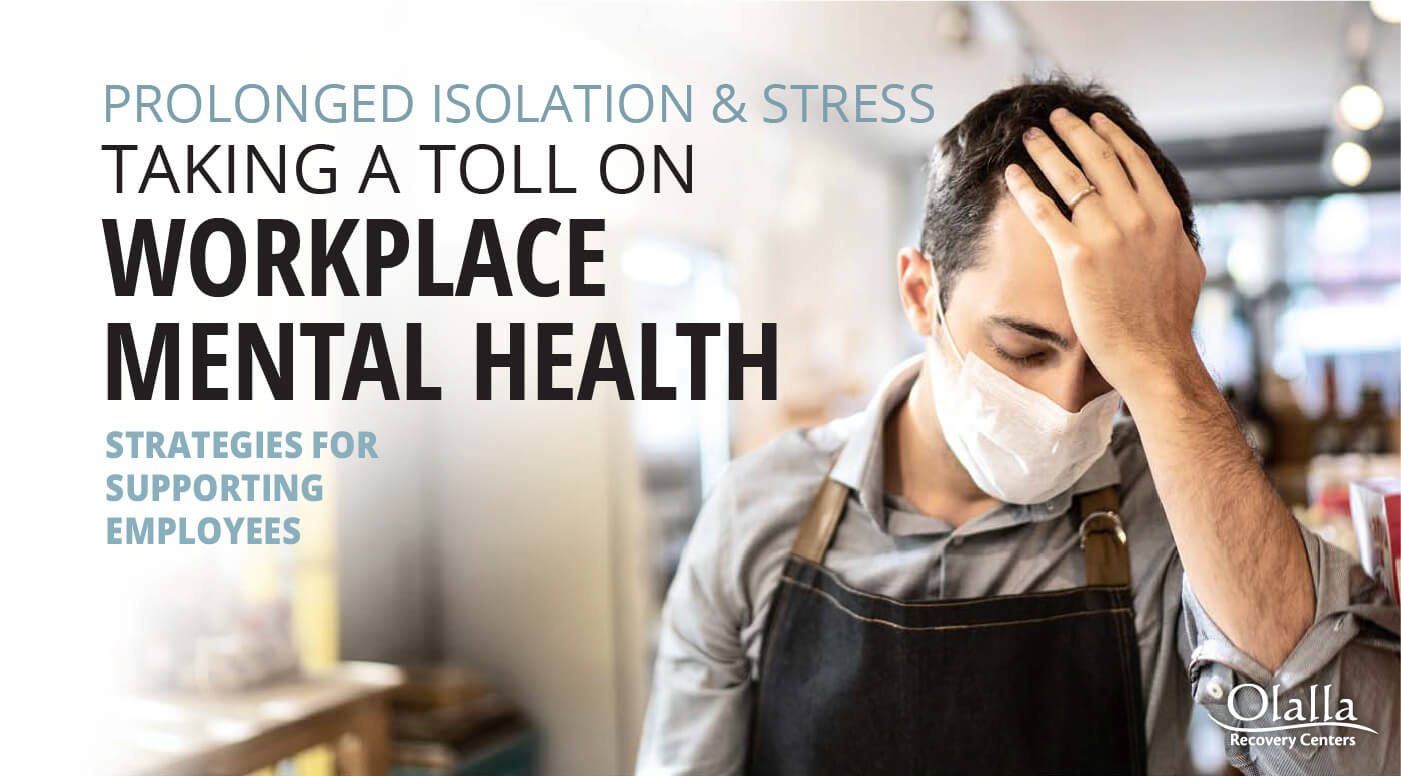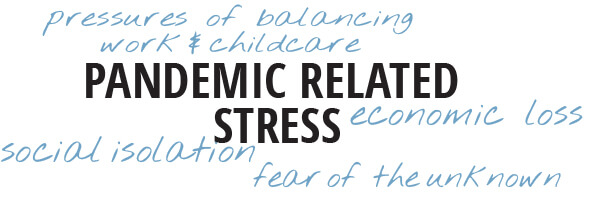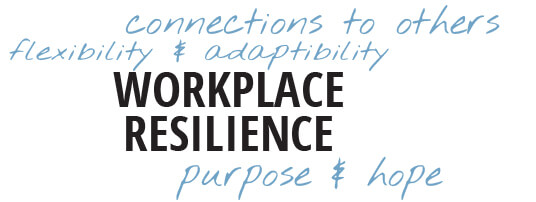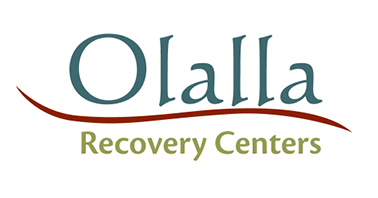
02 Oct Maintaining mental health and wellness in the workplace during COVID-19
The pandemic has upended everyone’s lives, but coping may be especially difficult for youth. Many have been physically isolated from their friends and peers for months and have been left without their typical coping mechanisms like sports and social activities.
How the pandemic impacts your employees
The social isolation, economic losses, fears of the unknown, pressures of balancing work and childcare, and other pandemic-related stresses are adversely impacting behavioral health. According to the Washington State Department of Health (DOH), social isolation, in particular, is associated with a variety of mental health issues, such as:
- Depression and anxiety
- Psychological distress
- Mood disorders and insomnia
- Fear and stigmatization
- Low self-esteem
- Lack of self-control
- Posttraumatic stress disorder

In Washington in particular, depression has been observed as one of the pandemic’s outcomes. DOH forecasts that depression levels could rise to include 30-60% of the general population due to the chronic and ongoing social and economic distress.
As the pandemic continues to linger, many individuals and communities will enter the disillusionment phase, which typically increases depression. With the looming seasonal changes, this new phase may coincide with the escalating symptoms of seasonal affective disorder. Some individuals also experience higher mental health distress during the holiday season, adding to the emotional impact.
Increased risk of substance misuse
Risks related to the pandemic include substance misuse and relapses related to addiction. Substance misuse often becomes a coping mechanism for individuals experiencing emotional burnout, depression and other mental health challenges.
Healthcare experts believe that substance misuse may become even more problematic as the disillusionment phase sets in and individuals begin to outwardly express anger and frustration — many turn to substance use as a way of managing these feelings.

Additionally, research has found that disasters are linked to higher levels of use of cannabis, tobacco and alcohol. Increase in Washington state’s tax-collection data for cannabis over the summer supports this research. Consequently, DOH expects that in the next six to nine months, self-medication in the form of all types of substances will significantly increase.
Maintaining conversations around wellness
As an employer, you need to examine how you are having conversations about wellness with your teams. To evaluate your response to the current changes, consider these questions:
- Are managers regularly checking in with their teams?
- Are you acknowledging that during times of sustained mass trauma, some people respond better than others?
- Are you offering some extra mental space for people to process what they’re going through?
- Are you providing resources and programs to help employees cope and manage their responses in healthy ways?
- Are you encouraging employees to create personal self-care and coping plans?
- Are you reminding employees about the resources — whether that’s an employee assistance program (EAP), remote meditation classes or peer-support groups — and making sure they know how to access them?
Building individual and organizational resilience in the workplace
To address concerns such as emotional burnout and mental health problems, DOH recommends for employers to develop resilience and resilience factors in the workplace.
- Resilience is the process of adapting well during tough times, as well as trauma, tragedy, threats and major sources of stress, by changing behaviors, thoughts and actions.
- Resilience factors are conditions — such as flexibility and adaptability, connection to others, purpose and hope — that help individuals and organizations survive and recover from a crisis or trauma.
DOH’s recommendations include identifying and putting into practice— at individual, leadership and organizational levels — the following resilience factors or components:
- Be able to adapt and be mentally flexible.
- Focus on developing social connections, both big and small.
- Develop a shared sense of purpose.
- Focus on hope.

At the leadership and organizational level, tips from DOH for activities that build resilience include:
- Developing awareness among leaders and managers about behavioral and emotional reactions to stress and burnout.
- Communicating the importance of connecting with others during stress and encouraging employees to stay in touch with their close emotional supports.
- Encouraging employees to keep track of and talking about exposure to high-stress events.
- Educating employees about the rise of substance use during the COVID-19 pandemic.
- Keeping track of signs of substance misuse, including physical, emotional, social/behavioral and cognitive.
The impacts of COVID-19 in your workplace will continue to unfold. Stay informed, adapt your strategies as conditions change and don’t hesitate to reach out to mental health professionals for expertise.
Employer resources:
- “COVID-19 Guidance for Building Resilience in the Workplace” — this nine-page guide from the Washington State Department of Health provides strategies for building resilience at the individual, leadership/management and organizational levels.
- “Tips for Disaster Responders: Identifying Substance Misuse in the Responder Community” — while developed for first responders, this four-page guide from SAMHSA (Substance Abuse and Mental Health Services Administration) is a great resource for any substance-free workplace.
- Substance Use Needs Assessment — this SAMHSA resource outlines how to assess your workplace and develop a drug-free program.
- Monthly Behavioral Health Forecasts — geared both to response planners and organizations or individuals who are mitigating behavioral health impacts of the pandemic, these forecasts provide a comprehensive overview of the current trends, concerns and forecasted impacts on individuals (scroll toward the bottom of the page for the monthly forecast links).
Contact Information
CALL ANYTIME: 1-800-882-6201 to talk to someone 24/7
SCHEDULE AN ASSESSMENT: Call our outpatient office 253-851-2552 directly.
FIND A MEETING: Go here to search for an AA meeting near you or a virtual one.


